
5 Scotch Regions – Highland Whiskies
As you may know, Scotland has 5 main Scotch producing regions - Lowland, Highland, Speyside, Islay, and Campbeltown. There is some overlap in the style of whisky produced in each region, but they each also produce whisky with vastly different characteristics.
In this third in a 6 part series of articles delving into the 5 Scotch whisky producing regions of Scotland we'll look at the Highland region. The previous article looked at the Lowland whisky region so you might want to check out that article after this one.
Highland Scotch Region Geography
The Highland region of Scotland is a vast and diverse area that encompasses the northern part of the country. The name comes from the Scottish word Hielands, and is roughly defined at the region of the country north and west of the Highland Boundary Fault, a fault zone that extends from the Arran, in the west, to Stonehaven, in the east.
The Highland region borders the Lowland region, but their geographies are significantly different. As the name suggests, unlike the Lowland region, which is relatively flat, with fertile farmland and gentle rivers, the highland region is known for its breathtaking landscapes, rugged mountains, deep lochs (lakes), and picturesque glens (valleys).
A landmark mountain is the famous Ben Nevis, the highest peak in the British Isles. The mountains in the Highlands often feature dramatic peaks, steep slopes, and rocky cliffs, creating a stunning backdrop for the region.
Nestled between the mountains, the Highlands are dotted with glens and valleys that offer picturesque views and tranquil surroundings. These glens, such as Glen Coe, Glen Affric, and Glenlivet, are often carpeted with lush greenery, meandering rivers, and scattered woodland, creating a captivating and serene atmosphere.
Everyone has heard of Scottish lochs. Loch Ness anyone? The Highlands are home to numerous lochs and rivers that add to the region's natural beauty. Loch Ness, Loch Lomond, and Loch Maree are some of the famous lochs found in the area.
The region boasts a stunning coastline along the North Sea and the Atlantic Ocean. The coastline is marked by rugged cliffs, sandy beaches, and remote bays. Additionally, the Highlands are also home to numerous picturesque islands, including the Inner and Outer Hebrides. In fact, the distilleries of the Hebridean islands are recognized as a distinct whisky region, within the Highland region. Check out the Highland distilleries in the Hebridean islands that are part of The Hebridean Whisky Trail.
As you traverse the Highlands, you'll come across vast stretches of moorlands and heather-covered hills. These areas are characterized by their wild, untamed beauty, with purple heather carpets, golden grasses, and scattered granite outcrops. The moorlands contribute to the region's distinct atmosphere and provide habitats for a variety of flora and fauna.
The diverse landscape of the Highlands region showcases Scotland's raw and untamed beauty. It offers a wide range of outdoor activities, including hiking, mountaineering, fishing, wildlife spotting, and photography. The ever-changing scenery, from rugged mountains to serene glens and pristine lochs, makes the Highlands a haven for nature enthusiasts and a source of inspiration for artists, writers, and poets alike.
Whisky Production Methods in the Highland Region
I’m not going to go into how to make whisky, that’s a topic for its own article, but it’s worth noting that whisky production methods in the Highlands region of Scotland are similar to other whisky making regions and follow traditional Scottish practices, with each distillery having its own unique variations and techniques. Local ingredients, water, and aging environments lead to whiskies from each distillery having their own unique characteristics.
From Smokey and Peaty to Light and Fruity: You’ll Find a Highland Whisky to Love
Highland whiskies from the Highland region of Scotland exhibit a wide range of flavor profiles and characteristics, owing to the vastness and diversity of the region. There are distilleries crafting light and fruity drams, similar to Lowland or Speyside whisky, but you will also find those that lean more heavily into peat and smoke meaning most whisky lover will find something they like.
While individual distilleries can have their own unique styles, there are some general characteristics associated with Highland whiskies.
- They are often described as full-bodied, meaning they have a rich and substantial mouthfeel. They can have a weightier texture compared to whiskies from other regions, offering a sense of depth and presence on the palate.
- Many Highland whiskies showcase a prominent fruitiness in their flavor profiles. This can range from orchard fruits such as apples and pears to stone fruits like peaches and apricots. The fruit notes can be fresh, ripe, or even dried, providing a natural sweetness and complexity to the whiskies.
- They frequently exhibit notes of honey and malt, contributing to their sweet and smooth character. The honeyed sweetness can be reminiscent of floral and heather honey, while the maltiness provides a cereal-like quality with hints of biscuits or toasted grains.
- Similar to whisky from the Lowland region, they often feature delicate floral and herbal aromas and flavors. These can include floral notes like heather, lavender, or roses, as well as herbal elements like heather honey, thyme, or mint. These nuances add an elegant and aromatic dimension to the whiskies.
- Highland whiskies may incorporate gentle spices, providing a touch of warmth and complexity. This can include notes of cinnamon, ginger, nutmeg, or even hints of black pepper. The spiciness is typically well-integrated and complements the other flavors rather than overpowering them.
- Maturation in a variety of cask types, including ex-bourbon barrels, sherry casks, or wine casks is quite common, and produces some delicious whisky. The oak influence can contribute flavors of vanilla, toffee, caramel, and sometimes subtle woody or smoky undertones, depending on the cask type and maturation process.
- While not as peaty as whiskies from the Islay region, some Highland whiskies can exhibit a subtle to moderate level of peat smoke. This smokiness can range from earthy and herbal to lightly smoky or ashy, adding complexity and depth to the flavor profile.
It's important to note that the flavor profiles and characteristics can vary significantly among different Highland distilleries, as they each have their own production methods, water sources, barley varieties, and maturation techniques. The Highland region is so large, with varying geographic characteristics, and production techniques, that there is a wide range of whisky styles coming out of the Highland region, from light and fruity to smoky and peaty.
Highland Distilleries You Should Seek Out
The Highlands region of Scotland is home to numerous renowned distilleries, each with its own distinct attributes and characteristics. Here are a few notable Highlands distilleries and what sets them apart:
Glenfiddich Distillery
Located in Dufftown, Glenfiddich is one of the most well-known and iconic distilleries in the Highlands. It is often credited as being one of the pioneers of single malt Scotch whisky. Glenfiddich is known for its range of expressions, including the popular 12-year-old, 15-year-old, and 18-year-old bottlings. The distillery is known for its traditional production methods, commitment to quality, and extensive whisky portfolio.
Tomatin Distillery
Located south of Inverness, and just east of Loch Ness, Tomatin is producing some excellent whisky that is generally described as light and fruity with rich sweet flavours. They are finished in a variety of casks including bourbon, sherry, and a variety of different wine casks. They have a core range but also put out a number of limited release and distillery exclusives in addition to travel retail expressions.
The 12 year old bourbon and sherry cask from their core range is excellent, and one of my favourite whiskies with a full-bodied, buttery texture and sweet flavours of crème caramel and fruit. I think it’s a great value at around $85 CDN, and would be a great place to start exploring Highland whisky.
The Macallan Distillery
Situated in Craigellachie, The Macallan Distillery is revered for its exceptional single malt whiskies, particularly those aged in sherry casks. Macallan whiskies are highly sought after due to their rich, complex flavors and luxurious presentation, and let’s face it, the luxury status of the product. The distillery is known for its meticulous attention to detail, including the sourcing of specific oak casks and the use of traditional copper stills.
Some people consider The Macallan to be overpriced, suggesting that you are paying for the name. That can be said of many luxury products. If it’s worth the price to you, then it’s not overpriced. The only way you’ll know is to try it.
Dalmore Distillery
Located in Alness, Dalmore is renowned for producing rich, full-bodied whiskies with a distinctive character. The distillery is known for its unique maturation approach, utilizing a combination of cask types, including sherry casks, bourbon barrels, and even wine casks. Dalmore whiskies often exhibit flavors of chocolate, orange, spices, and a hint of espresso, with an emphasis on complexity and depth.
The Dalmore is another distillery where many people say it doesn’t live up to the hype. Again, whisky is subjective. What one person loves another may think is terrible. The only way to know is to try it and decide for yourself if a whisky is worth the price.
Balblair Distillery
Situated in Edderton, Balblair is recognized for its vintage whiskies, which are bottled based on the year of production rather than a specific age statement. Balblair whiskies are known for their elegance, balance, and pronounced fruitiness. The distillery emphasizes traditional production methods, including the use of copper pot stills and bourbon cask maturation, resulting in whiskies with vibrant fruit flavors and a smooth, refined character.
Oban Distillery
Located in the coastal town of Oban, this distillery stands out for its distinctive maritime influence on its whiskies. Oban whiskies often exhibit a balance of sweetness, coastal brininess, and a hint of peat smoke. The distillery combines traditional production techniques with modern innovations, resulting in whiskies with a unique character and wide appeal.
Glenmorangie Distillery
Situated in Tain, Glenmorangie produces some exceptional single malt whiskies. The distillery is known for its long-standing commitment to innovation, including the use of tall copper stills, the "designer casks" made from American white oak, and the experimentation with various wood finishes. Glenmorangie whiskies are characterized by their complexity, elegance, and a range of flavors, including floral, fruity, and nutty notes.
I have a few bottles from Glenmorangie including the 10 year old, and the Nectar D’Or, a 12 year old finished in Sauterne casks, which is excellent.
These are just a few examples of some well-known distilleries in the Highland region and would be great options for your first venture into Highland Scotch
You may want to check out the neighbouring Lowland Scotch region, which also produces whisky that may appeal to you if you're 'Scotch curious' and are looking for light and approachable Scotch whisky.
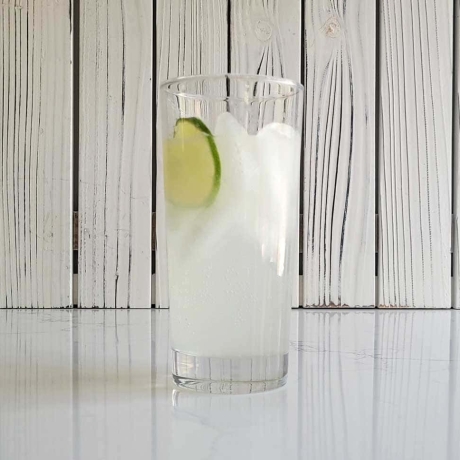
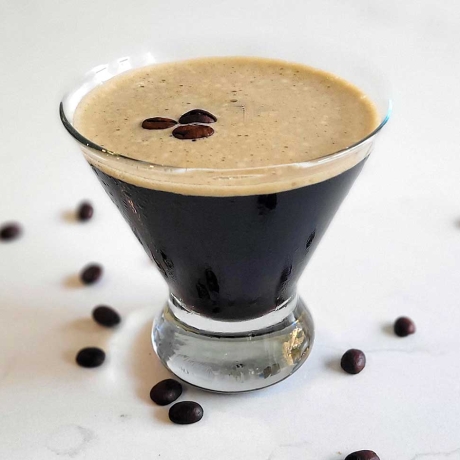
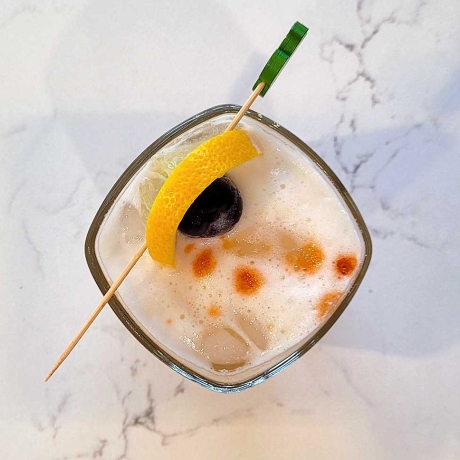
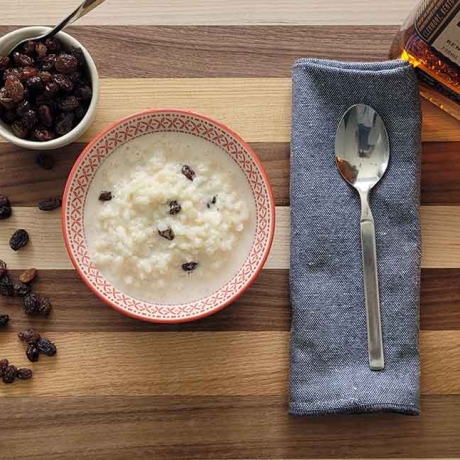
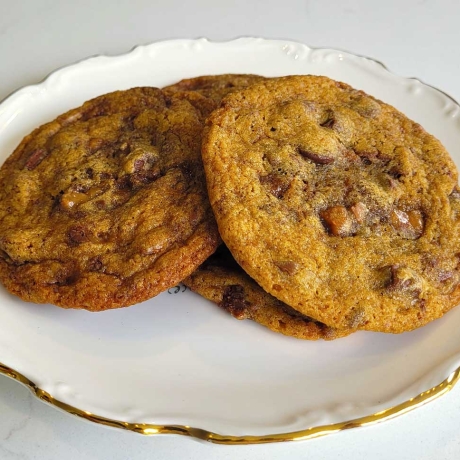
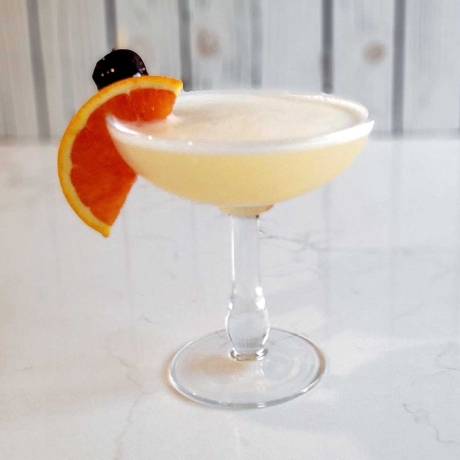
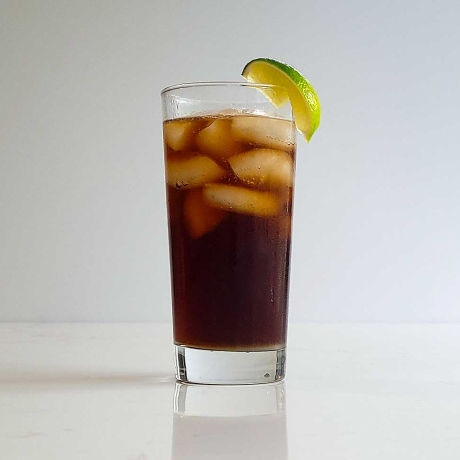
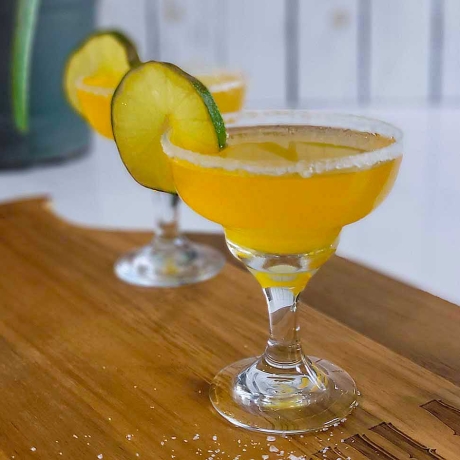
Comments
Be the first to leave a comment.